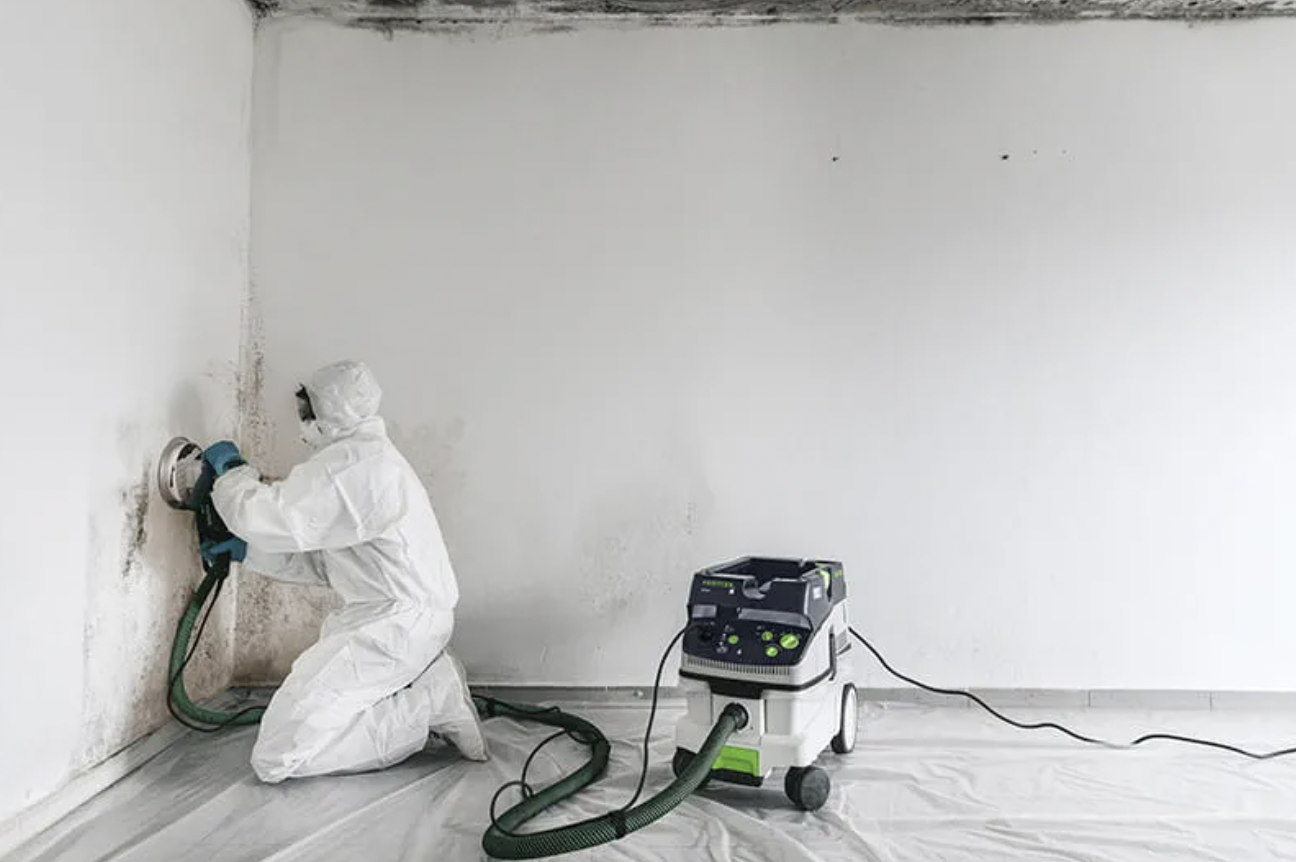Restortion
Beyond the Flames: Understanding Secondary Damage in Fire Restoration
When a fire impacts your home, it's easy to assume that the flames are the most destructive part. While fire can cause extensive property loss and personal injury, its aftermath brings additional threats that can further compromise your home’s safety and integrity.
To fully restore your property, it’s crucial to work with a fire damage restoration expert who understands the risks of secondary damage, including water and mold issues, structural instability, and compromised air quality. At Into Ambiance, our experienced professionals specialize in comprehensive restoration, ensuring your home is safe and habitable once again.
Unexpected Consequences of Fire Damage
Mold Growth
Many homeowners don’t expect mold growth after a fire, but it’s a common issue. When firefighters extinguish flames, the leftover moisture combined with high humidity creates the perfect environment for mold to thrive. Mold only needs three things to grow: moisture, humidity, and a food source—all of which are readily available in a fire-damaged home. In as little as 24 hours, mold can begin spreading on damp, charred surfaces.
How to Prevent Mold After a Fire
✔ Swift Water Removal – Standing water must be extracted immediately to minimize mold risks. Professional restoration teams use industrial-grade wet vacuums and pumps to remove excess water safely.
✔ Drying and Dehumidification – Beyond removing water, technicians deploy high-powered air movers, fans, and dehumidifiers to eliminate lingering moisture in the air, preventing further mold growth.
✔ Removal of Water-Damaged Materials – Items like carpets, drywall, and furniture that have absorbed excess moisture may need to be removed to prevent contamination.
Structural Damage: A Hidden Threat
Beyond mold, one of the most significant dangers after a fire is structural instability. Fire weakens load-bearing walls, floors, ceilings, and beams, which can lead to dangerous collapses.
Key Structural Repair Steps
✔ Prompt Repairs – Floorboards, walls, and ceilings must be inspected and either reinforced or replaced to restore stability. Doors and windows may also need repairs, especially if they were damaged during firefighting efforts.
✔ Reinforcement – Strengthening weakened structural components ensures long-term safety. Reinforcements may include:
